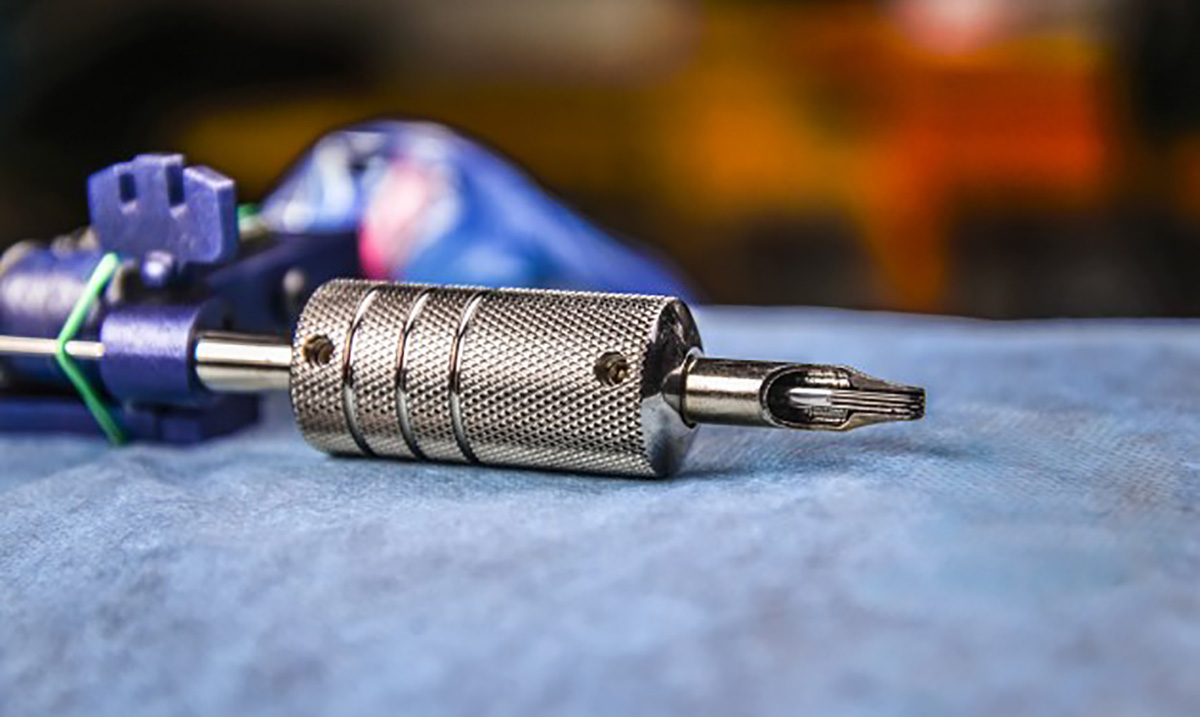The FDA has released an update to its guidelines on tattoos, warning about the growing presence of mold-infested tattoo ink. This new warning follows 400 reports spanning the last 12 years about infections caused by the use of moldy ink.
While many people are aware of the risks associated with getting a new tattoo, this new warning raises the stakes. Failure to do your due diligence when selecting a tattoo artist could lead to a serious infection and possible even permanent scarring to your body. While each tattoo is a risk, you can take measures to prevent possible contamination.
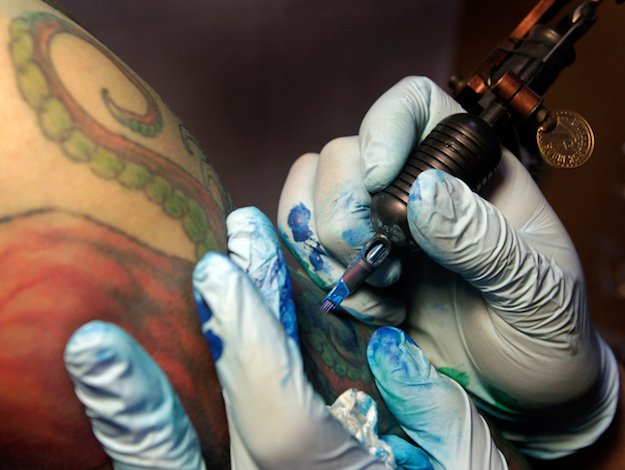
What can you do before getting your next tattoo to protect yourself?
When planning for your next tattoo it is important that you take the time to do some research into the tattoo artist as well as the establishment they work out of. You want to be sure that they operate a clean and sterile environment, taking all the necessary precautions to protect their clients. There are many medical complications that can come from poor cleanliness and a lack of attention to sterilization.
The FDA views tattooing as a form of cosmetic surgery, and as such they do not regulate the ink used for tattoos. This means that the responsibility is in your hands! Making matters even more difficult, the FDA says that the ink can be contaminated even if it is still sealed and marked sterile!
When you visit the shop, don’t be afraid to ask questions. A quality tattoo artist is going to be willing to address any questions and concerns you may have to ensure that you are comfortable throughout the process.
Some suggested questions regarding the ink that is used include:
- Where do you by your ink?
- How do you dilute your ink?
- Do you use sterile water?
- How many clients have reported issues with infection throughout your career?
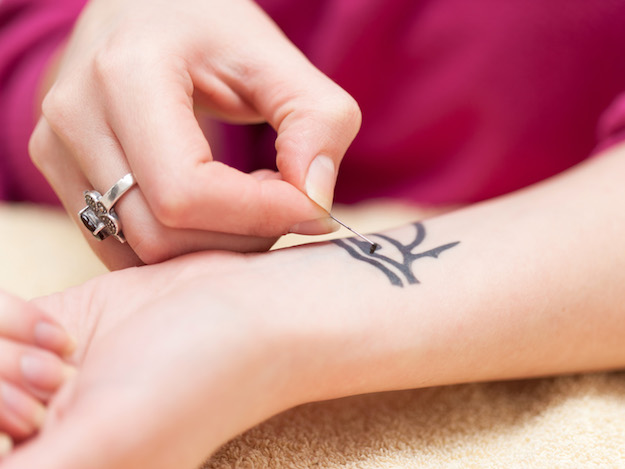
Are you considering using a do-it-yourself kit? Experts say you should steer clear! These kits put you at a much higher risk of contamination. The mold problem lies in the water that is used in the ink to break up the pigments, however it is also important to note that some of these inks contain the same pigments that are commonly found in car paint and the toners for printers. Having your tattoo completed by a professional ensures that the ink is inspected and handled by an expert in the field.
If you are allergic to anything let your tattoo artist know so that they can ensure that it is not contained in the ink. For example, reports from the FDA state that tattoos containing p-phenylendediamene (PPD) can also trigger allergies to hair dye
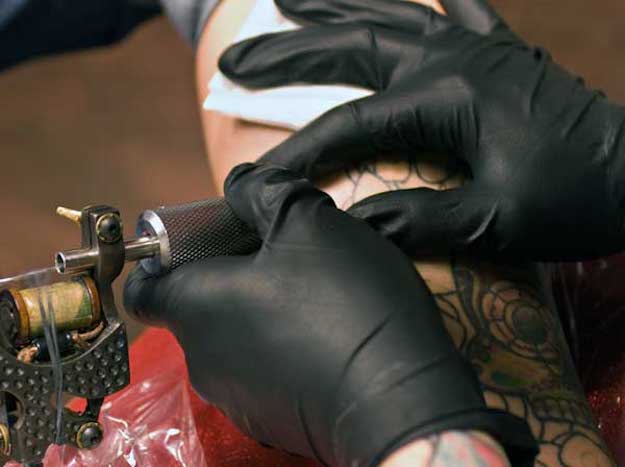
What should you watch out for in the days following your new tattoo?
You’ve now got your new artwork, but your responsibility doesn’t stop there! You need to monitor the tattoo throughout the healing process to ensure that there are no complications.
Possible signs of an infection from a tattoo include:
- Feeling shaky or weak
- Feeling lethargic
- High fever
- Inflammation
- Foul odor
- Swelling
- Discharge
- Presence of a rash or bumps
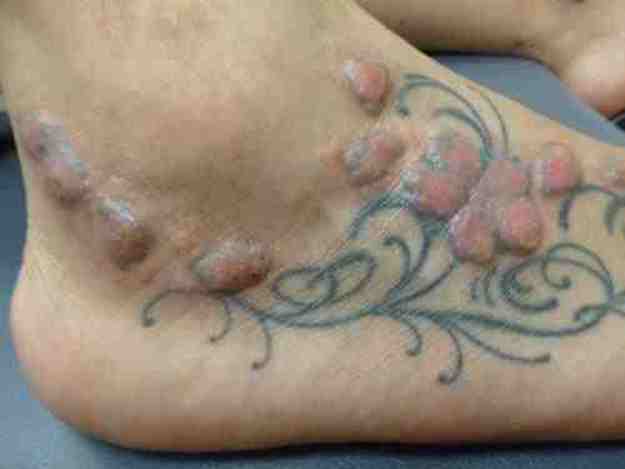
If you are feeling at all unwell following your tattoo it is important to see a doctor immediately! While most infections can be treated with a course of antibiotics, severe cases may require hospitalization. Due to the fact that the ink used for tattoos is permanent, allergic reactions including rashes may even last years, and bumps from scar tissue may never go away.
Dr. Linda Katz head of the FDA’s Office of Cosmetics and Colors recommends that you inform the tattoo parlor after you speak with your doctor. This will allow them to take the necessary steps to ensure that the ink is not used on any other clients, and that the required information is reported to the FDA to document the incident.

The FDA warns in their consumer Q&A that they do not know the long-term effect of tattoo ink. Reports of severe reactions have been received both pertaining to fresh ink as well as to ink that was applied years prior to the incident.
